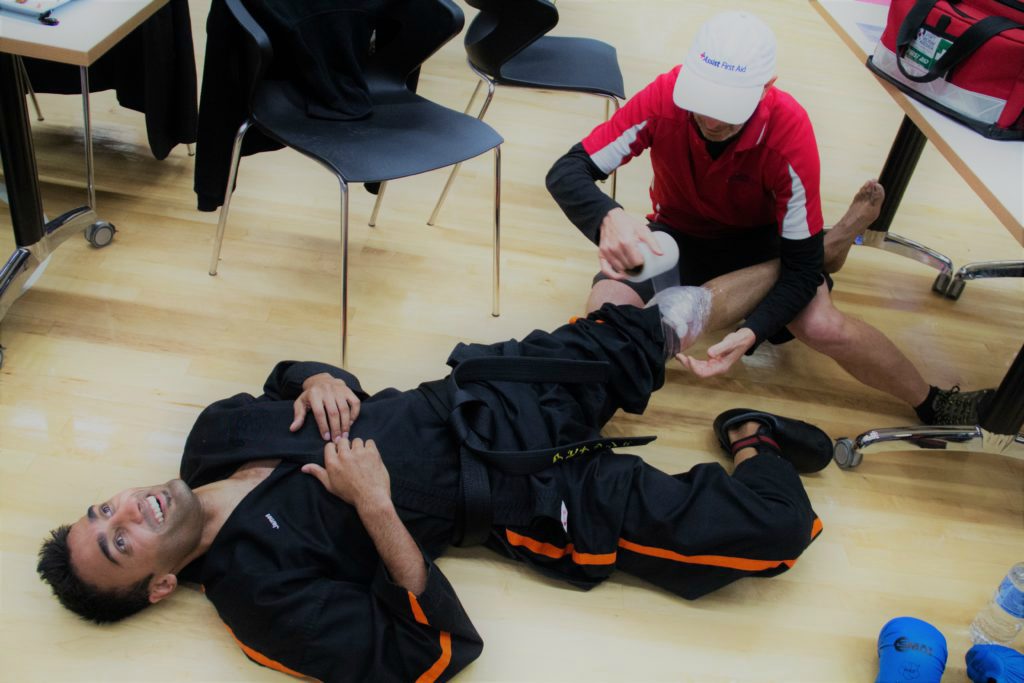The most common source of muscle pain is a muscle strain due to overstretching. A muscle strain may also be referred to as a pulled muscle or a muscle tear. A muscle strain can vary in severity from mild to severe and ultimately, a complete muscle rupture.
Either way, your muscle strain will result in muscle pain, or at least muscle soreness, plus reduced muscle function including muscle weakness, stiffness or tightness.
Commonly your muscle strain will occur at high-speed when your muscles are overloaded. The most common high-speed muscle injuries occur in your hamstrings, quadriceps, calf, back and groin. But, obviously, any muscle in your body is susceptible to a muscle strain or tear.
You can also suffer a fatigue-related muscle strain from sustained postures. Back muscle strain, shoulder and neck muscle strains are often postural fatigue-related muscle strains. Text neck has become a common condition due to postural fatigue while overusing your phone.
Muscle strains are graded I, II, or III depending on the severity of the injury. Learn about how muscle strains are graded.
| Grade | Description |
|---|---|
| I | MILD
In grade I muscle strain, the muscle or tendon is overstretched. |
| II | MODERATE
Also called moderate muscle strain, grade II strain occurs when the muscle or its tendon is overstretched with more of the fibers torn but not complete. |
| III | SEVERE
Grade III strain, or severe muscle strain, is the most serious among the three grades of muscle strains. |
Moderate and severe muscle strains should be seen by a qualified health care provider. For grade I muscle strain, simple home remedies, such as applying RICE therapy may be just enough to manage symptoms.
R.I.C.E method.
- Rest
- Ice the injured area (ICE)
- Compression on the injured area
- Elevation of the injured area
Finally, using HEAT on any muscle, tendon, or ligament injury during the first 72 hours is a bad mistake. It will increase swelling and make the injury worse. After the initial three-day period heat may be used.

National All Styles Tournament Round 2 NSW - minor setback




